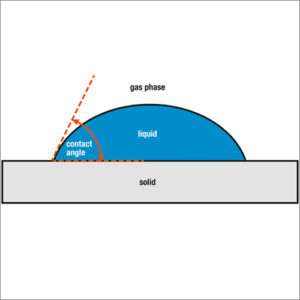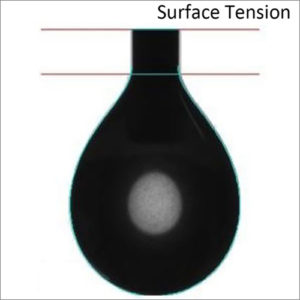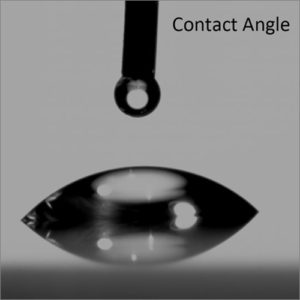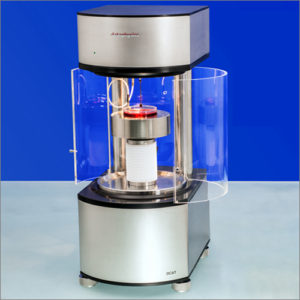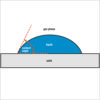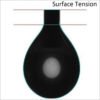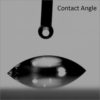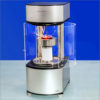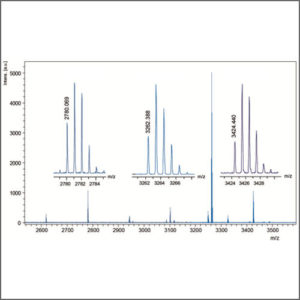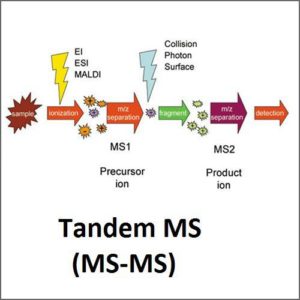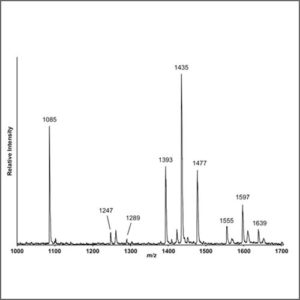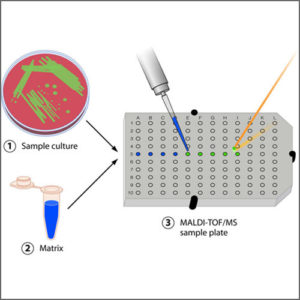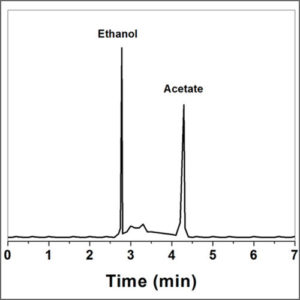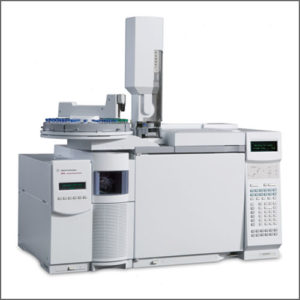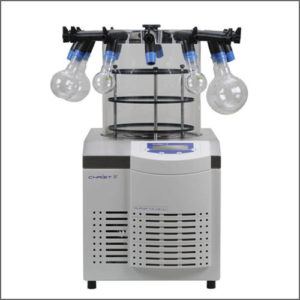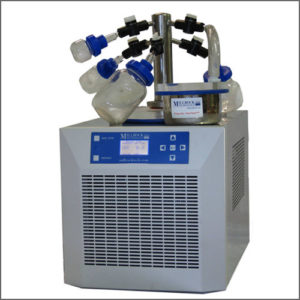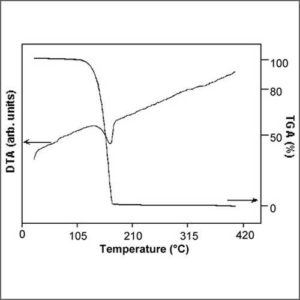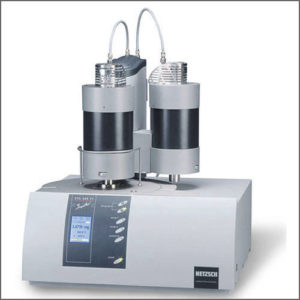Contact Angle Analysis
Contact angle is an angle where a liquid-vapor interface meets a solid surface. It measures the wettability of a solid by a liquid.
- Description
| Testing Method | Contact Angle and Surface Tension Analysis |
| Description | Contact angle, θ, is a quantitative measure of the wetting of a solid by a liquid. Contact angle is defined geometrically as the angle formed by a liquid at the three-phase boundary where a liquid, gas and solid intersect.
In the case of complete wetting, the liquid molecules are strongly attracted to the solid molecules then the liquid drop will completely spread out on the solid surface, corresponding to a contact angle of 0°. If the water contact angle is smaller than 90°, the solid surface is considered hydrophilic and wettable. If the water contact angle is larger than 90°, the solid surface is considered hydrophobic. In the case of ultra-hydrophobic materials with the so-called lotus effect, the contact angle approaches the theoretical limit of 180°.
Contact angle is important wherever the intensity of the phase contact between liquid and solid substances needs to be checked or evaluated: coating, painting, cleaning, printing, hydrophobic or hydrophilic coating, bonding, dispersing etc.
Surface tension is the cohesive force of molecules at the surface of a substance attracting toward one another to take up the least possible surface area. In a simple word, it measures how much force it takes to keep a liquid together. Contact angle and surface tension are two terms never far apart. Contact angle analysis is used to measure the quality of a solid surface. Surface tension analysis is used to measure the quality of a liquid. |
| More Information | Wikipedia: Contact Angle |

